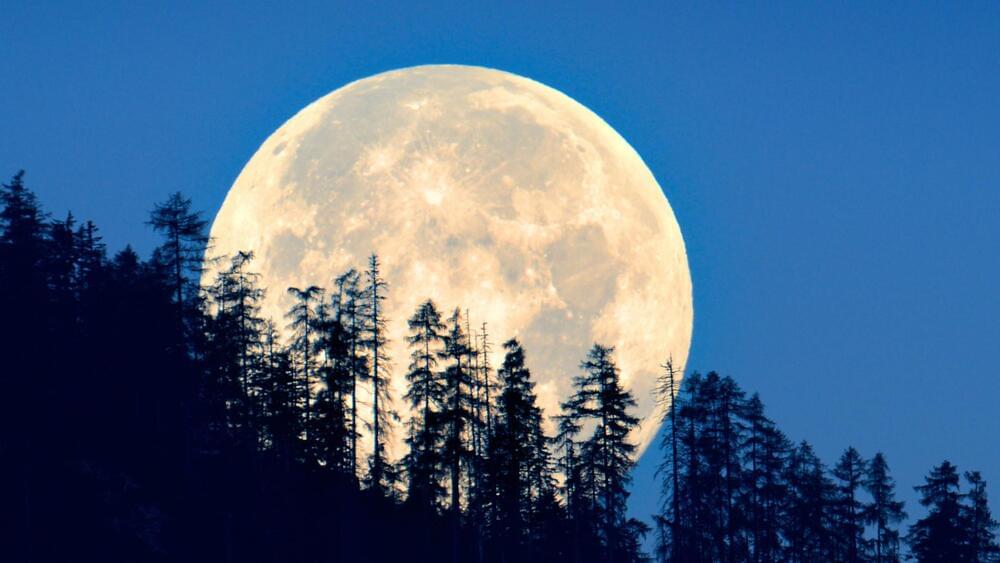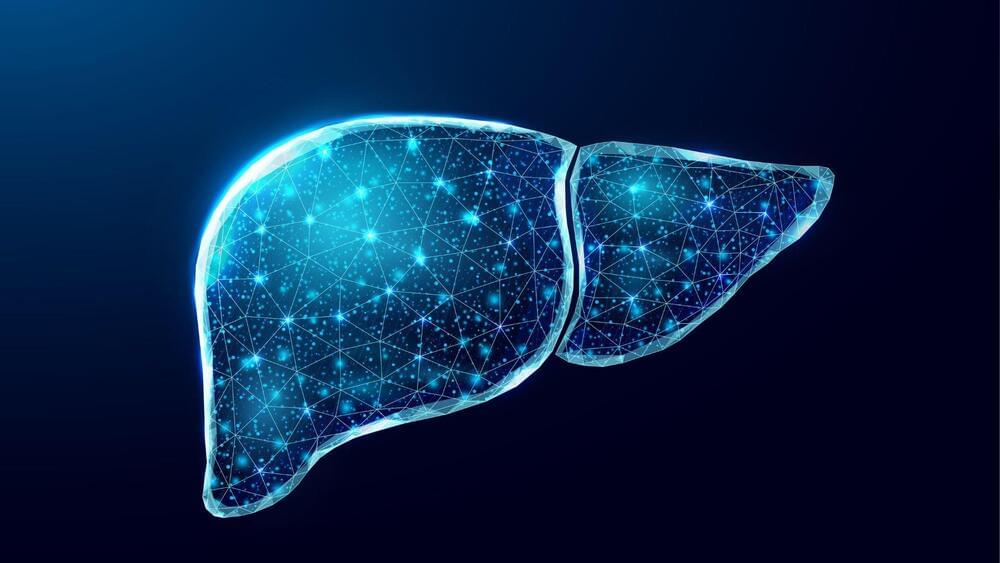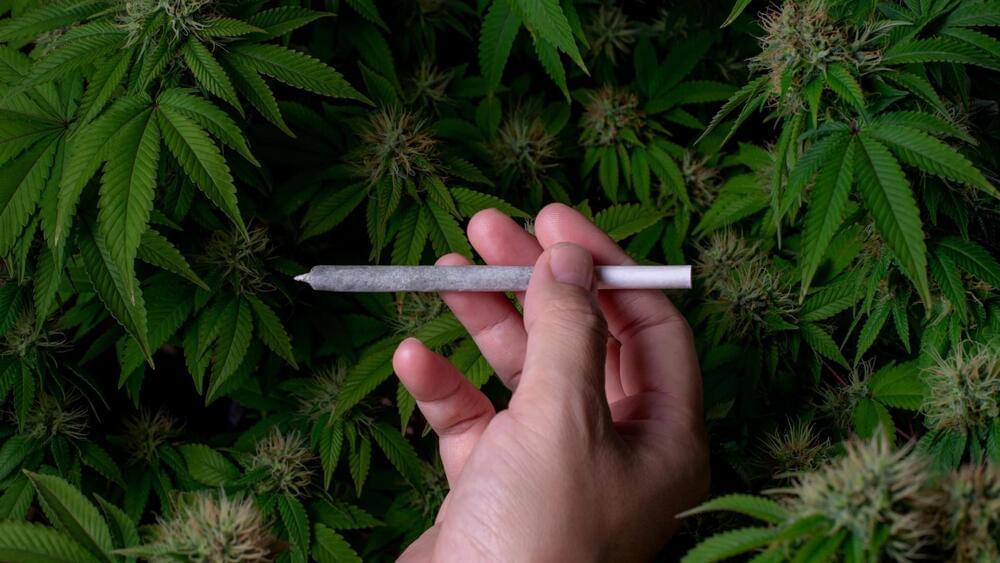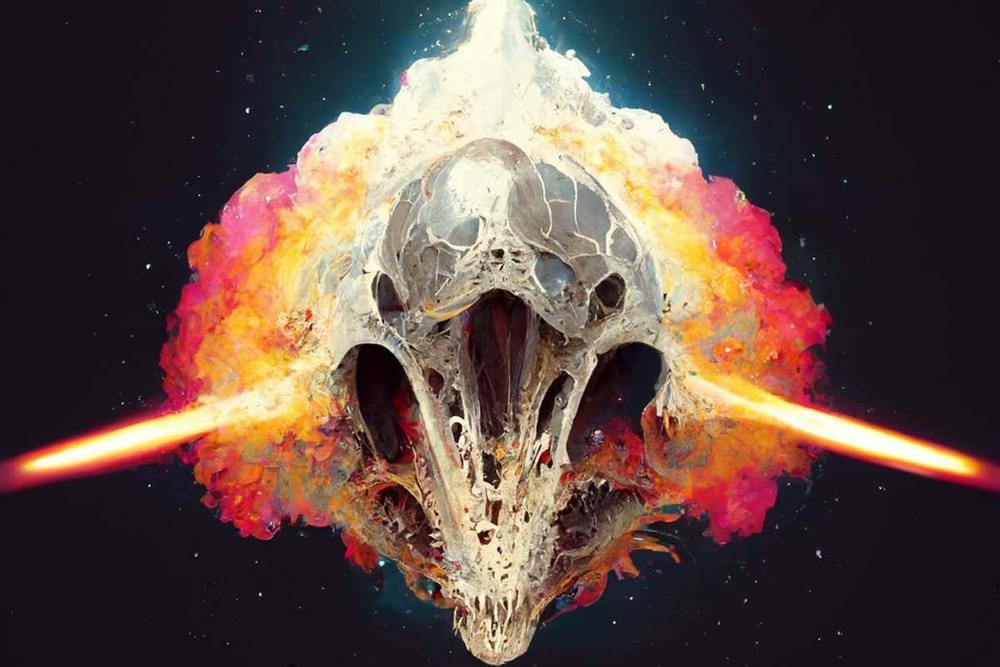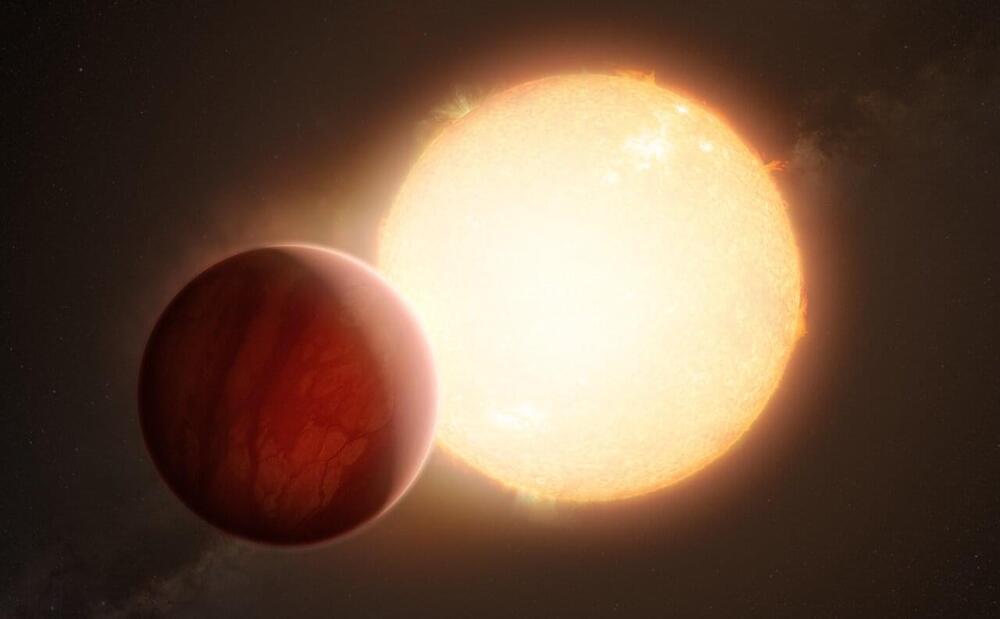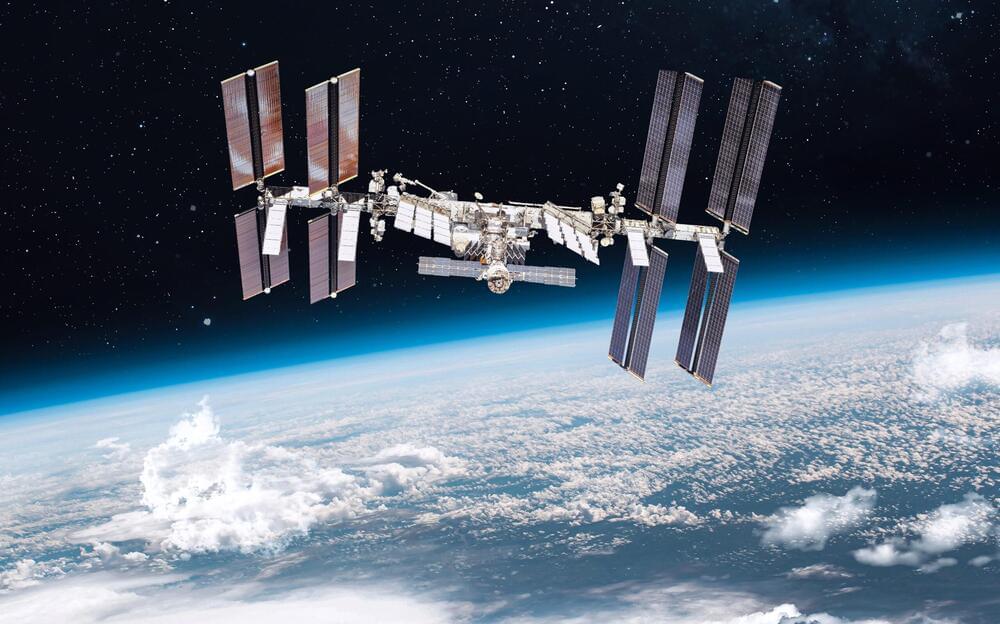If (or when) human exploration of our planetary neighbours goes ahead, this is a question that future colonists would have to tackle.
What do you need to make your garden grow? As well as plenty of sunshine alternating with gentle showers of rain — and busy bees and butterflies to pollinate the plants — you need good, rich soil to provide essential minerals. But imagine you had no rich soil, or showers of rain, or bees and butterflies. And the sunshine was either too harsh and direct or absent — causing freezing temperatures.
4FR / iStock.
The researchers behind the study cultivated the fast-growing plant Arabidopsis thaliana in samples of lunar regolith (soil) brought back from three different places on the Moon by the Apollo astronauts.
